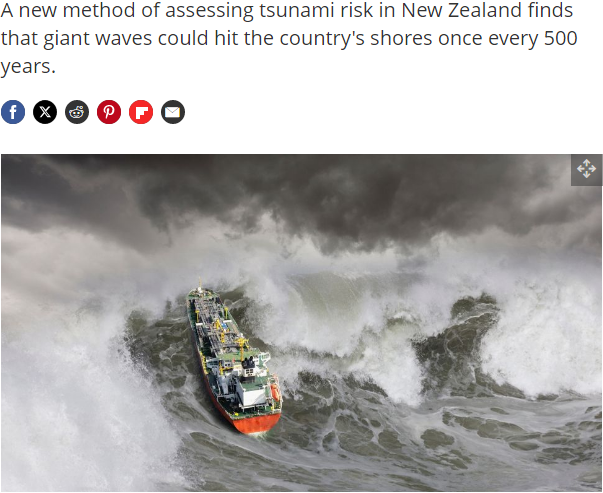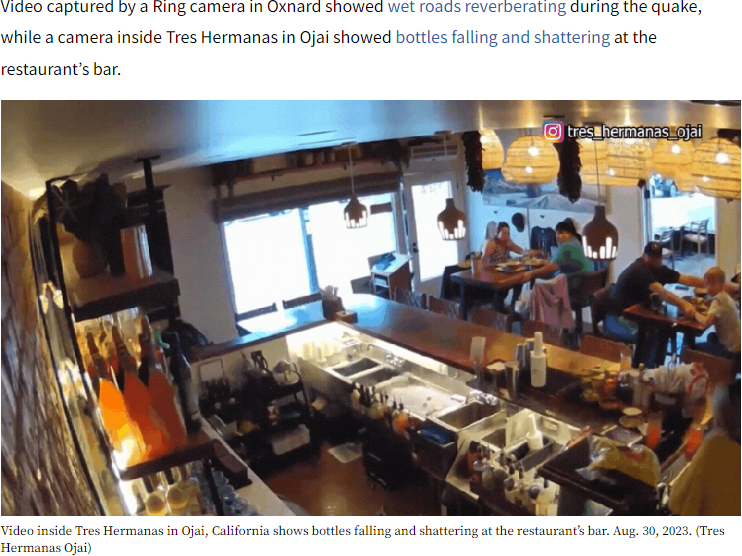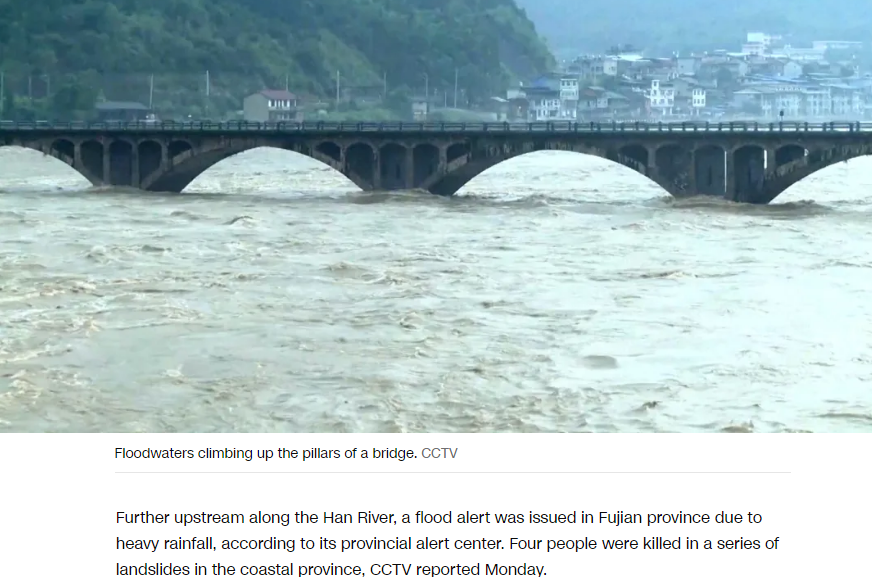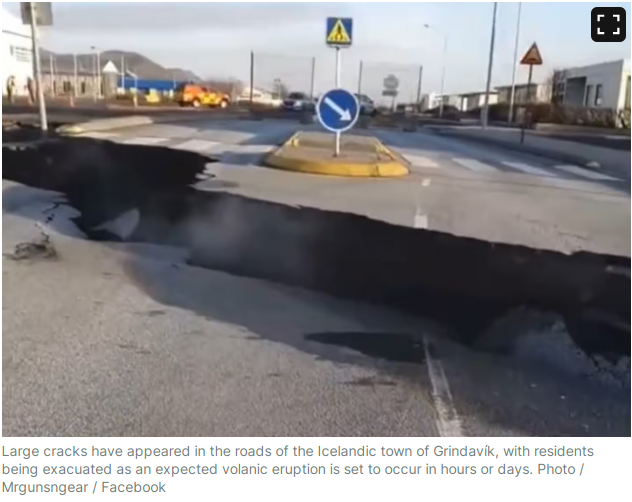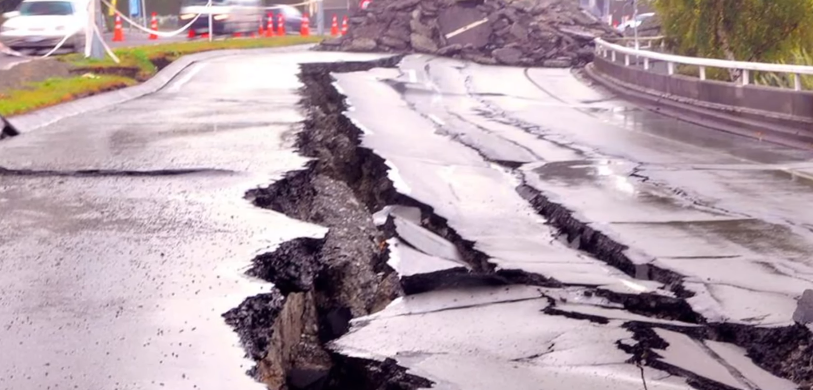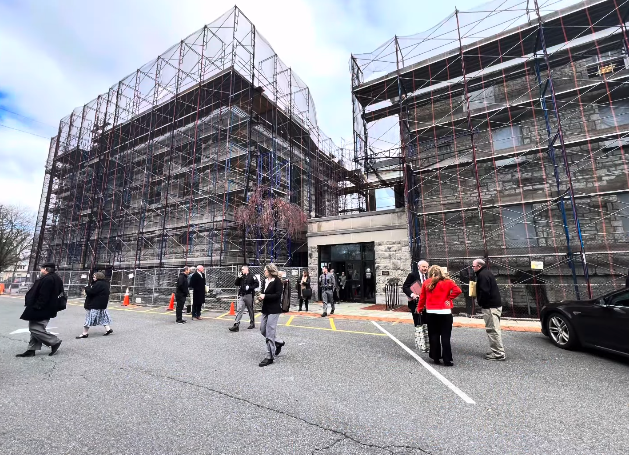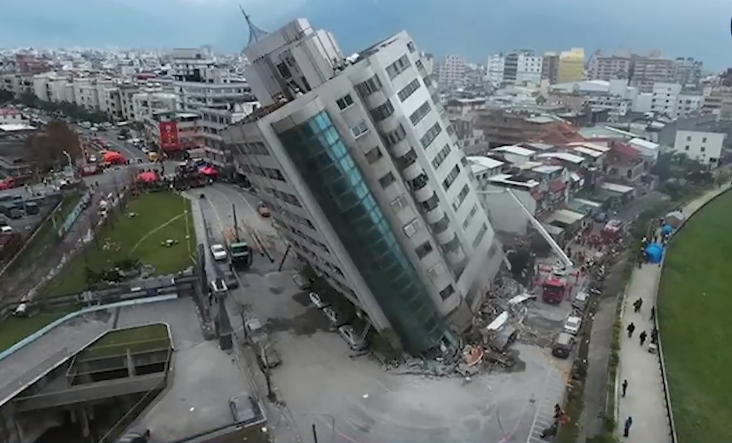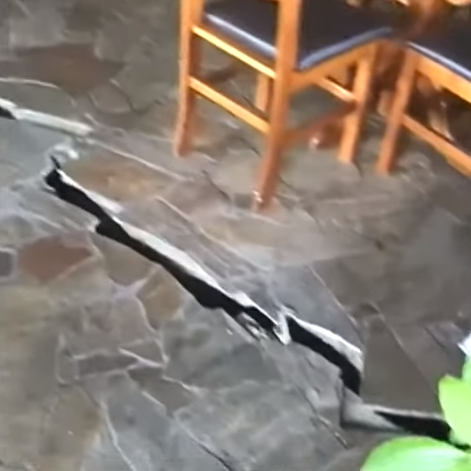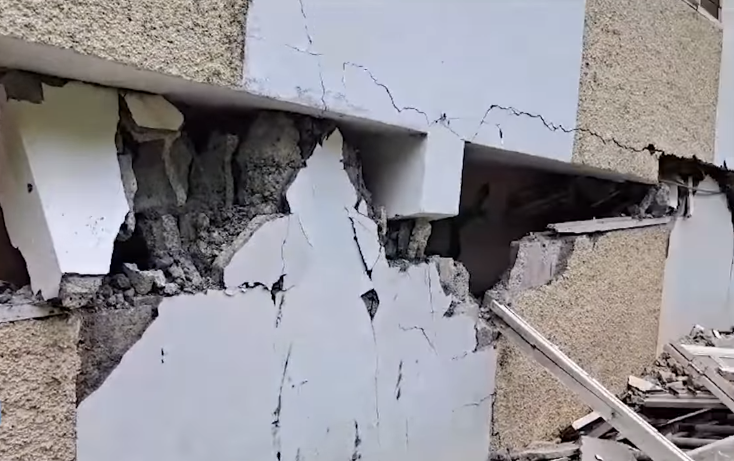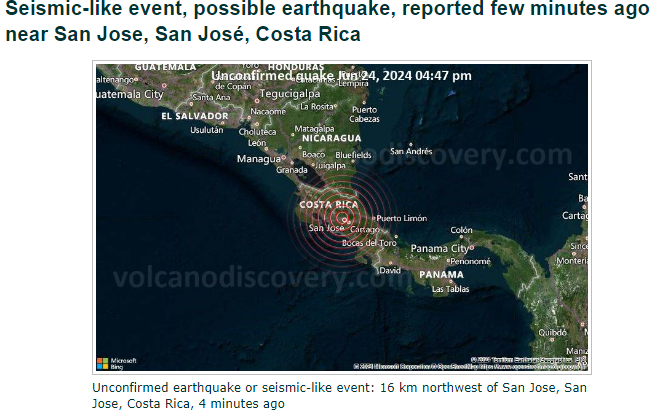| Key Information | Details |
|---|---|
| Magnitude | 7.2 |
| Location | Southern coast of Peru |
| Date | June 28, 2024 |
| Injuries | At least three |
| Tsunami Alert | Initially issued, later retracted |
| Casualties | No reported deaths |
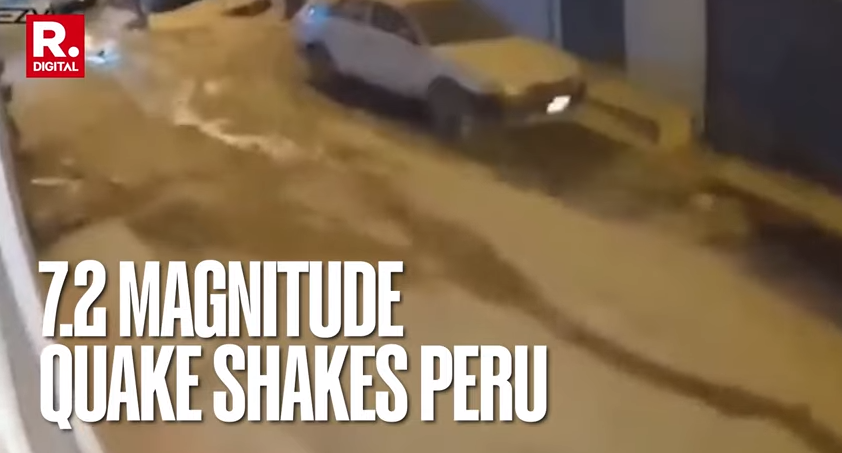
On June 28, 2024, a powerful earthquake of magnitude 7.2 struck the southern coast of Peru, causing injuries and prompting a tsunami alert. The earthquake occurred just off the coast, west of Quipa, at 12:36.m. local time. This seismic event is a stark reminder of the region’s vulnerability to earthquakes and the importance of preparedness.
Impact and Response
The earthquake resulted in at least three injuries, but no reported deaths, according to David Aponte, the head of Disaster Risk and National Defense at the Ministry of Peru. The affected region, Arequipa, experienced four aftershocks ranging from 4 to 4.6 in magnitude, leading to some landslides on local roads.
In response to the earthquake, Peruvian authorities issued a tsunami alert for the coastal areas, specifically cautioning about potential waves heading towards Atico by 12:52.m. local time. However, Prime Minister Gustavo Adrianzen later reassured that the warning for the Arequipa coast was no longer in effect.
Despite reports of material damage in some districts and residents evacuating their homes in fear, there have been no reported casualties or injuries. Flio Arang, the mayor of Yauca in Caraveli province, mentioned that some house walls collapsed in the area but emphasized the absence of fatalities.
Seismic Activity in the Region
The seismic activity in this region is not uncommon, as both Ecuador and Peru are situated within the Pacific Ring of Fire, a geologically active zone encircling the Pacific Ocean known for frequent tectonic plate movements. Peru, in particular, is prone to seismic activity due to the dynamic interaction between the South American and Nazca tectonic plates, along with much of the South American Pacific Coast.
Preparedness and Mitigation
The Peruvian government and local authorities have been actively monitoring the situation and assessing potential damages following the earthquake. The Pacific Tsunami Warning Center (PTWC) initially issued an alert cautioning of potential tsunami waves up to 1 to 3 meters along certain coastal areas in Peru. However, the PTWC later retracted the alert, declaring that there was no longer a threat of a tsunami, warning, or advisory associated with the earthquake.
This earthquake serves as a reminder of the importance of disaster preparedness and mitigation efforts in earthquake-prone regions. Building codes, public awareness campaigns, and emergency response plans play crucial roles in minimizing the impact of such events on communities and infrastructure.
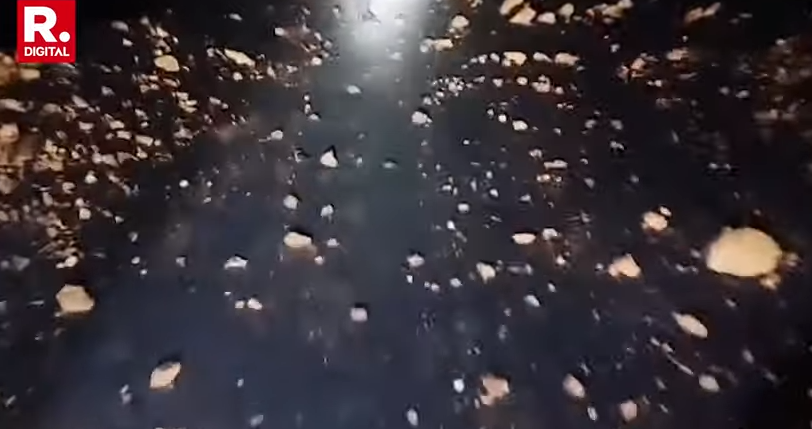
Conclusion
The 7.2 magnitude earthquake that struck the southern coast of Peru on June 28, 2024, highlights the region’s vulnerability to seismic activity. While the earthquake resulted in injuries and material damage, the prompt response from authorities and the lack of reported fatalities demonstrate the importance of preparedness and mitigation efforts. As the Pacific Ring of Fire remains an active seismic region, continuous efforts to enhance disaster resilience and response capabilities are essential for the safety and well-being of communities in Peru and other affected areas.

